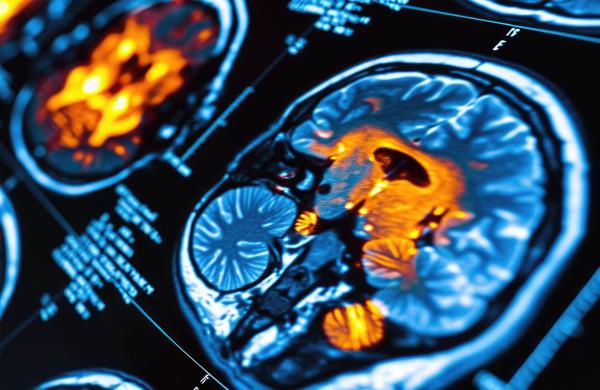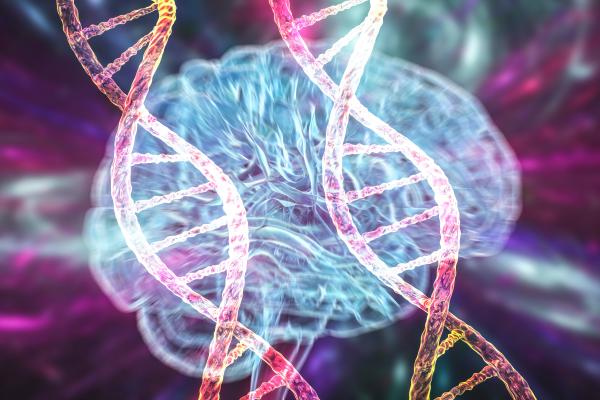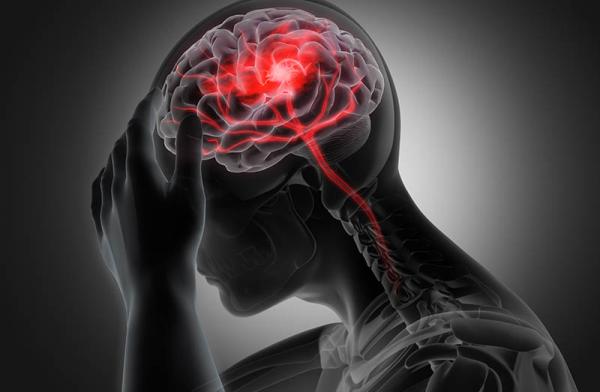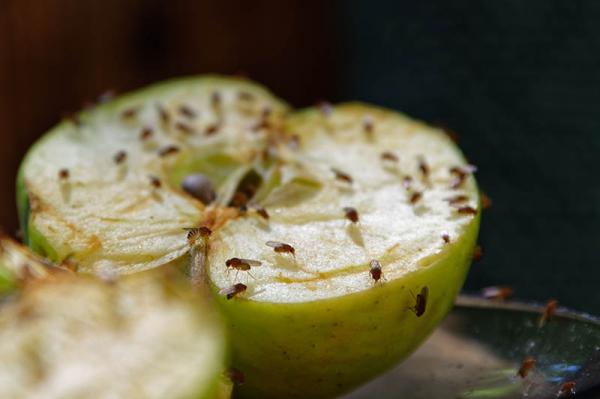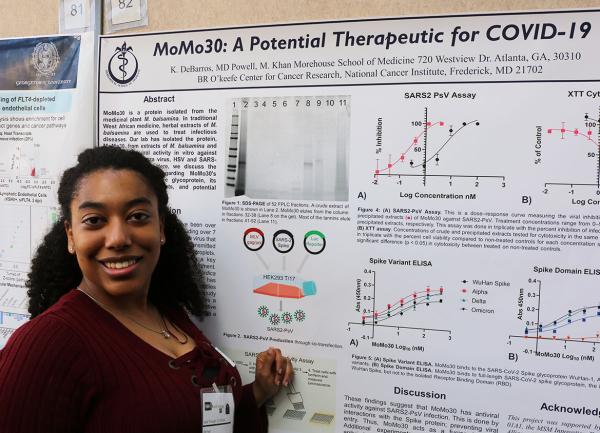Sharing Science at the NIH Research Festival
Poster Sessions Showcase IRP Discoveries
No single event captures the incredible breadth of research going on in the IRP as effectively as the annual NIH Research Festival. In fact, the event is so jam-packed that it typically stretches over multiple days, running this year from September 23-25. The first day of the 2024 Research Festival kicked off with a poster session where scientists from all across NIH showcased the cutting-edge science they have been working on, demonstrating research on subjects like how cooking affects the brain, vaping’s impact on lung health, 3D models for studying pregnancy complications, and much more. Read on to dive deeper into a few of the more than 400 research projects presented at this celebration of IRP science.




